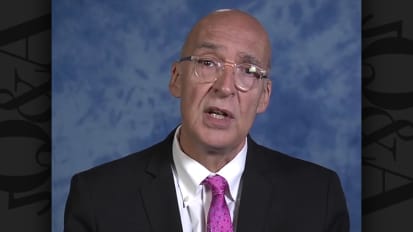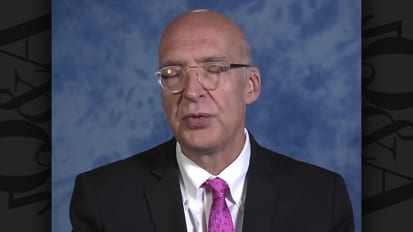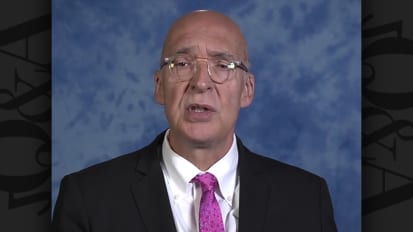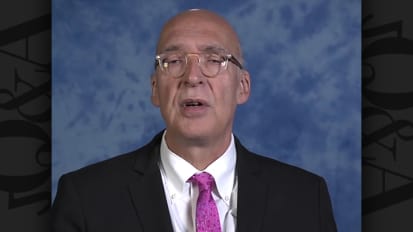Disclaimer:
Copyright © by CMEducation Resources, LLC All rights reserved.
Content on this webcast reflects the opinions, output, and analyses of experts, investigators, educators, and clinicians whose activities for, while independent, are commercially supported by the sponsor noted at the start of each activity.
Content on this webcast is not meant to be, nor substitute for national guidelines or recommendations generated by professional, academic societies, colleges, or associations.
Content on this webcast is intended for educational value only. Its contents, analyses, and any recommendation made herein are intended to make scientific information and opinion available to health professionals, to stimulate thought, and further investigation. This webcast is not designed nor is any aspect of the contents here intended to provide advice regarding medical diagnosis or treatment for any individual case. Any decisions regarding diagnosis and/or management of any individual patient or group of patients should be made on
individual basis after having consulted appropriate sources, whether they be appropriate consultants and/or guidelines and recommendations issued by national organizations, professional societies, governmental health organizations, or similar bodies. This webcast is not intended for use by the layman.
Opinions expressed herein are not necessarily those of CMEducation Resources, LLC, program supporters or accreditors, but reflect the opinions and analyses of the experts who have authored the material. Mention of products or services does not constitute
endorsement. Clinical, legal, financial, and other comments are offered for general guidance only; and professional counsel should be sought for all specific situations.










